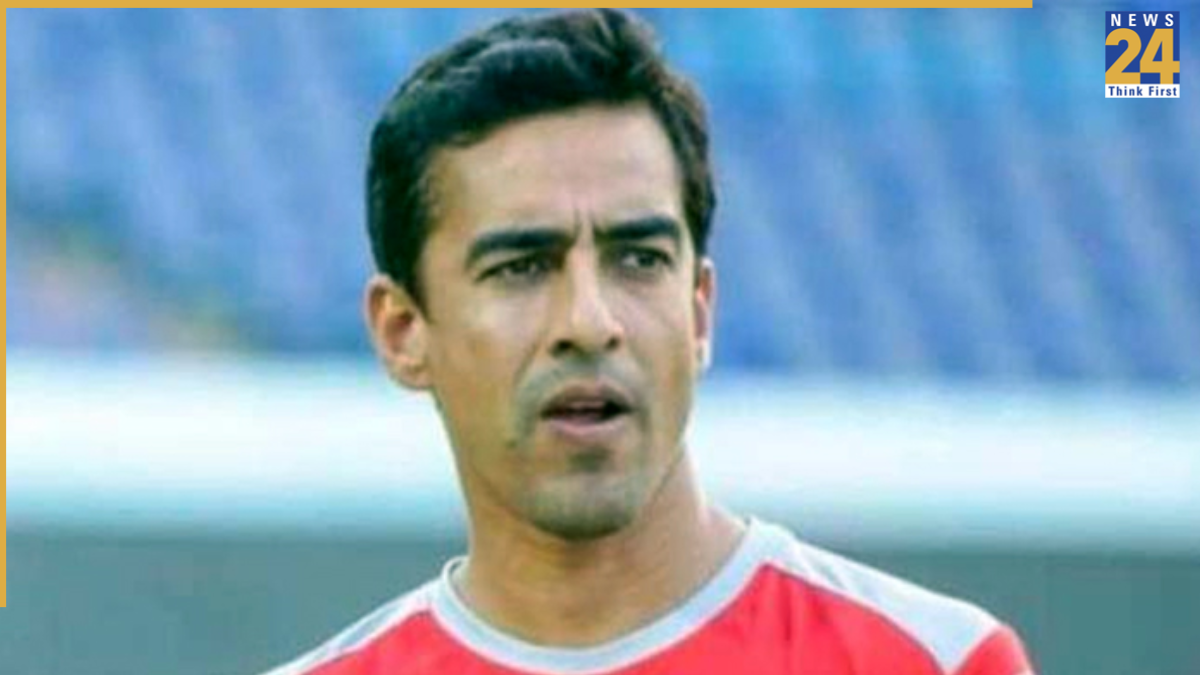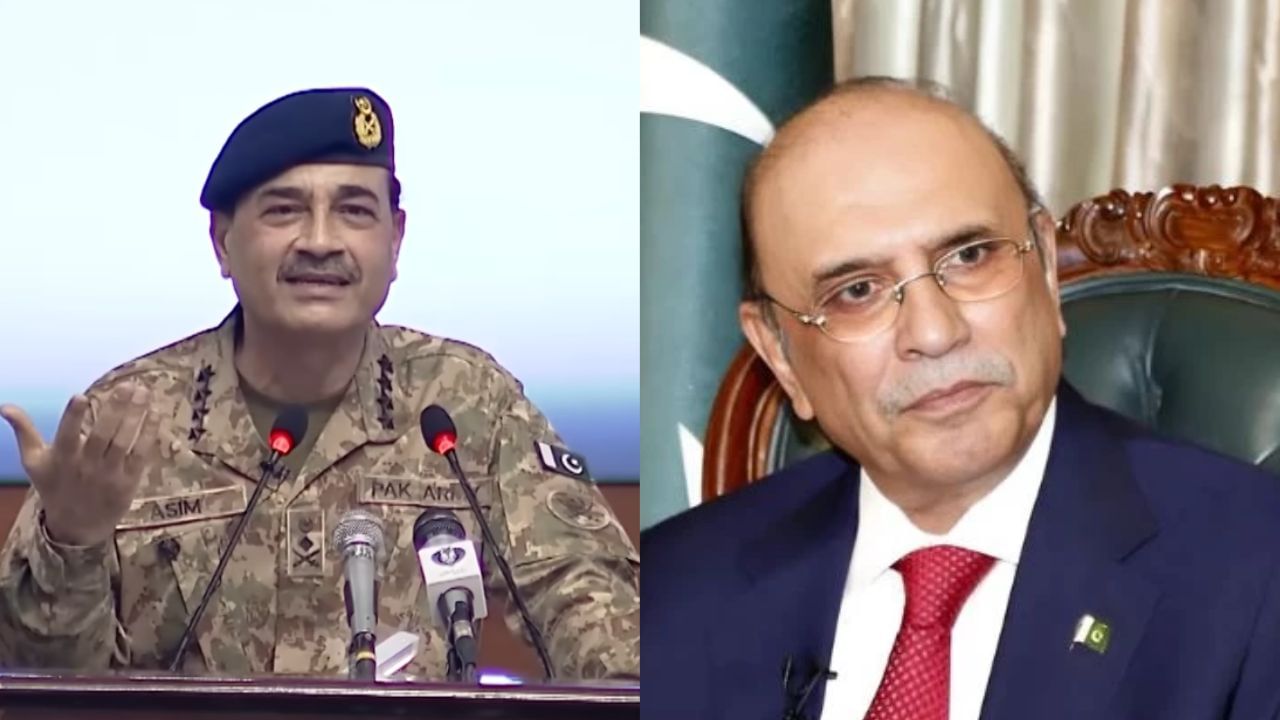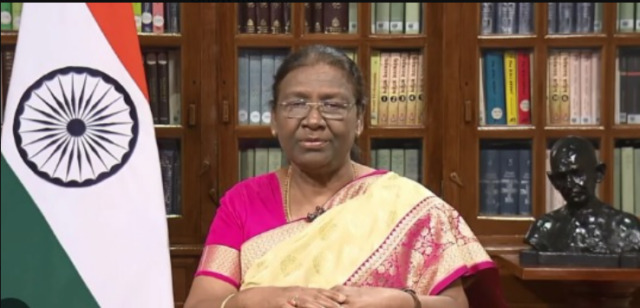The former Delhi cricket captain, Mithun Manhas, is the leading contender to become the next president of the BCCI. This…
Browsing: President
In a significant political move, Nepal’s President Ram Chandra Poudel dissolved the House of Representatives on Friday, acting on the…
The escalating protests in Indonesia have taken a violent turn, with widespread reports of looting and property damage. The home…
The political climate in Pakistan is marked by the growing influence of General Asim Munir. His recent promotion to Field…
President Droupadi Murmu is planning a two-day visit to Odisha, starting July 14, to participate in several significant events. She…
President Droupadi Murmu paid a visit to Sir Ganga Ram Hospital in New Delhi to see Rajya Sabha MP and…
Sanjay Kumar Singh Yadav, the RJD MLA, has secured a second term as the Jharkhand Pradesh President of the Rashtriya…







